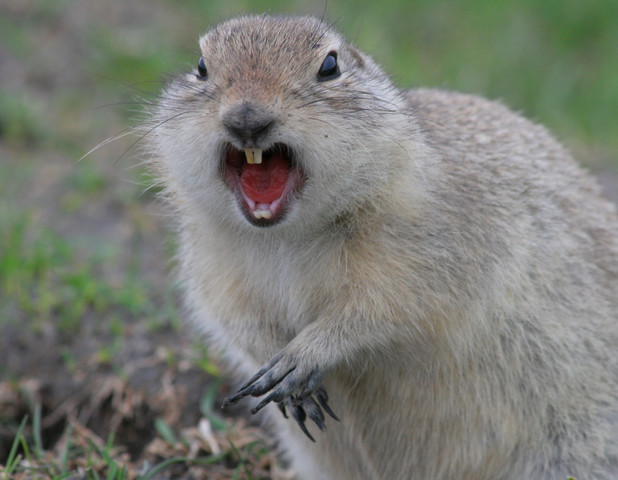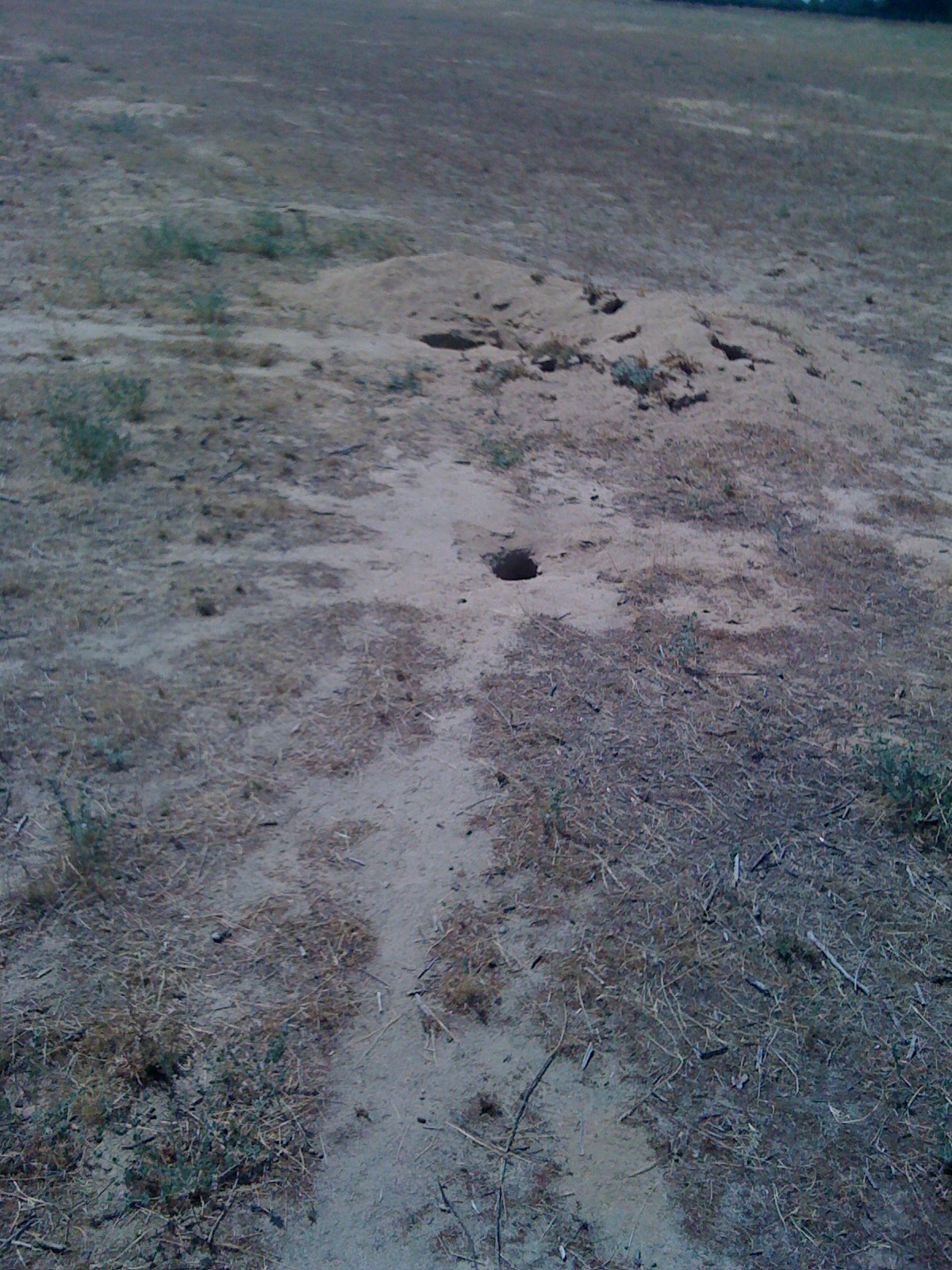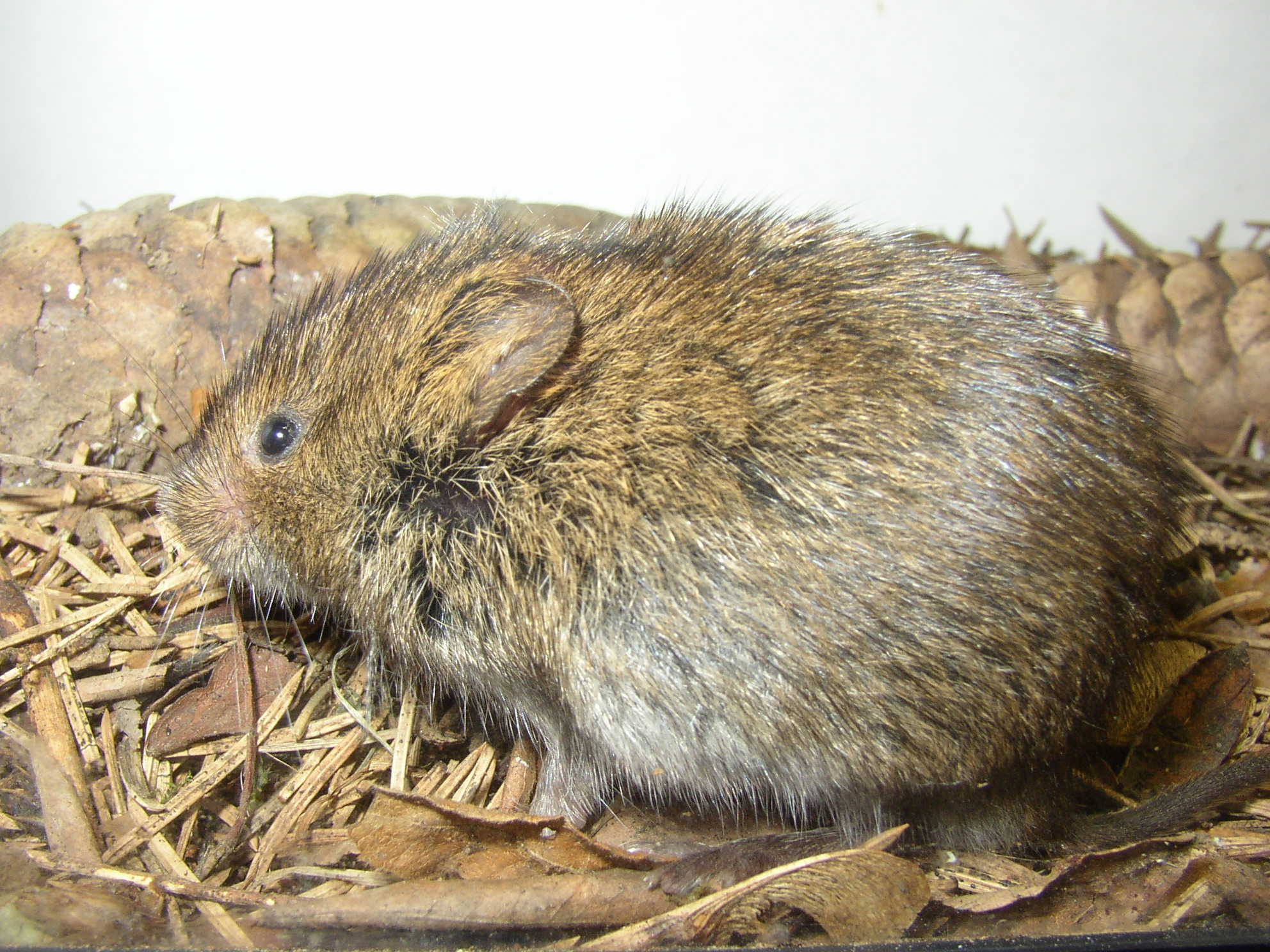Some growers may find them only a nuisance or fun target practice, but ground squirrels, voles (sometimes called meadow mice) and other rodents can cause real financial headaches for farmers and ranchers.
Ground squirrels and voles cause yield losses in pulse, seed, grain and forage crops. They can clip and reduce perennial native grasses and stand life in forage, facilitating the spread of invasive weeds, and create burrows that can cause soil collapse and irrigation water loss, as well as pose safety hazards for workers and livestock. Are they broadening their diet and taking a bite out your potato profits? Ground squirrels damage irrigation lines, and their burrows can slow harvest and damage equipment. They can also contaminate crops, causing food safety issues.
Both voles and ground squirrels can contaminate and compromise the quality of stored potatoes. When it comes to disease transmission, the primary concerns with voles are E. coli, salmonella and hantavirus. Ground squirrels, voles and mice can be hosts of fleas and ticks, which can carry Lyme disease, plague and tularemia. With the advent of soy-based wiring in newer vehicles and farm equipment, these warm nesting sites now offer another costly snack for rodents.

Richardson's ground squirrel
Vertebrate Pest Pressure
Vertebrate pest pressure may depend on the growing region, time of the year and/or local environmental conditions. Ground squirrels hibernate from early fall through early March and wake up hungry. Under protective winter snow cover or canopied crops like alfalfa or potatoes, voles can breed unchecked by predation from raptors. Fields near wild areas are often the most vulnerable to these pests.
Landowners finding evidence of vertebrate pest feeding such as mounds or burrowing need to properly identify the pest first so that it can be most effectively managed, since management options for each are different.
Ground Squirrels
Richardson’s and Townsend ground squirrels are typically found in rangeland prairie and foothills, while Columbian and Wyoming ground squirrels are more common in higher-altitude intermountain steppes. Following mild winters with minimal spring flooding, ground squirrels can invade and quickly colonize newly planted crop fields. Ground squirrels live in burrow systems varying from 5 to 30 feet in length. Understanding their life cycle will help make pest management more effective.
Ground squirrels become inactive for two periods during the year. Aestivation is the period of dormancy that takes place during hotter, drier periods between late July and early September. Squirrels typically come out of aestivation as temperatures cool and crops mature. As harvest approaches, squirrels feed aggressively to store energy for their hibernation. They typically hibernate by October and do not emerge before early March, so it is critical to be ready to apply bait as soon as they emerge.
Depending on weather and elevation, squirrel reproduction can begin as early as late March. Males typically emerge 10 to 14 days before females and immediately begin to forage. Peak mating season is March to May, with gestation of 23 to 28 days. Females produce one litter per year.
Control Measures
Measures that have been found to only have moderate success include trapping, shooting, and habitat modification. Typically, these methods are not done consistently enough to reduce or frustrate newly migrating rodent populations. However, baiting has consistently proven effective. Squirrels feed on grasses or other plants in the spring and transition to seeds and crops in early fall, when they store calories for upcoming hibernation.
There are two types of rodenticides: anticoagulants and acute toxicants. First-generation anticoagulants such as chlorophacinone (Rozol) or diphacinone (PCQ) are multi-feed materials, meaning the target pest generally needs to ingest it over a few days. While it may take slightly longer to see results with an anticoagulant, there is also typically less bait shyness or behavioral resistance. With acute toxicants like zinc phosphide, bait shyness is common, which can result in reduced rodent acceptance / effectiveness. With zinc phosphide, there is no antidote and user safety is a greater concern. With anticoagulants, Vitamin K1 is the antidote — a consideration when concerned about direct consumption of bait by non-target pets or livestock.
Anticoagulants can be applied via spot treatments, placed around burrow openings, or placed in bait stations along perimeter fence lines and in pivot corners where they are closest to in-migration pests and less likely to be run over with equipment. Ground squirrels typically forage up to 500 yards from their burrows. Bait stations every 20 to 100 feet along a crop field perimeter of less than a square mile have been effective at drawing ground squirrel populations out of the crop.
Landowners most commonly fail by not building and maintaining enough bait stations for the size of the field they are trying to protect or the level of the ground squirrel infestation. Additional tips and suggested bait station density diagrams can be accessed at www.liphatech.ca/ag-field-orchard/ground-squirrels.

Tunneling voles and ground squirrels can cause soil collapse and water loss, leading to extensive damage to crop and rangeland.
Voles
Unlike ground squirrels, voles do not hibernate. They are a cyclical problem. Even when their chewing may not stop emergence or kill a crop seedling, rodent feeding can substantially impact plant vigor, reducing its ability to withstand disease. Voles are sexually mature in only three to six weeks and can have a new litter every four to six weeks, averaging two to five litters a year. A pair of voles can breed to 40-plus offspring in just a few months. Vole populations easily explode under ideal conditions every several years.
Control Measures
Removing vegetative cover via mowing or the use of herbicides along ditch banks can change vole habitat enough so that voles seek more favorable conditions to avoid predation.
Vole baiting using anticoagulants is most effective at reducing crop damage when undertaken as a perimeter border treatment two to four times a year: once or twice pre-plant to lower vole populations that carry over from winter breeding, and once or twice starting in late summer to lower pre-harvest vole populations before crops mature. Anticoagulants are not labeled for use in-crop, but some are labeled for crop border broadcast and most for bait station use around crops. Chlorophacinone also has an aerial broadcast border use label in Idaho. Zinc phosphide is labeled for use in-crop, but is only effective when conditions are very dry. All of the anticoagulant and zinc phosphide baits listed are restricted-use pesticides. Always read the entire label and follow directions. Labels can be found on Agrian, CDMS and manufacturer websites.
Farmers are naturally vigilant in caring for their crops. A consistent and attentive approach to rodents can help reduce negative impact on your operation.

Even when they don’t stop emergence or kill seedlings, vole feeding can substantially impact plant vigor.